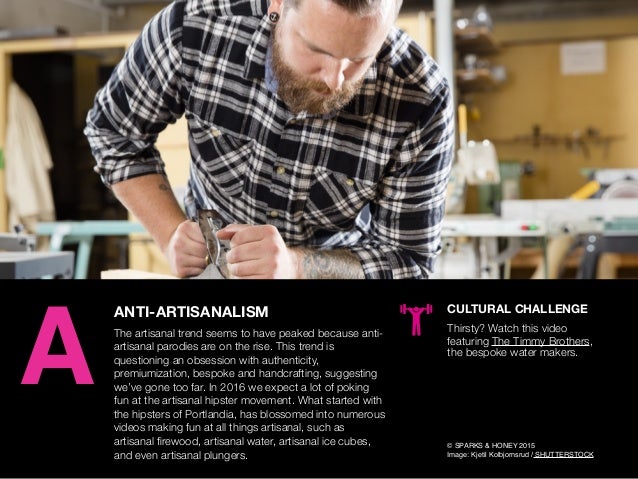Specifically, Owning A Gilbert No

Gone are the times when folks have been completely oblivious of the dangerous results of radiation publicity when it was something thrilling. To them, radiation had the power to make things glow and will even improve one’s health. We’ve realized the onerous way that not every little thing that glitters is gold and that radiation publicity and nuclear energy pose a threat to people’s health. However, few would agree with this claim back within the 1950s when nuclear optimism began flourishing across the globe and penetrated every sphere of people’s lives. Advances in the field of nuclear physics massively changed the best way folks lived. Whereas some folks thought of nuclear power as a terrifying menace, many others shared a terrific nuclear optimism, celebrating the truth that all the pieces might be "nuclear" in the future. From cheap electricity to water for the thirsty and food for anchor3 the hungry, nuclear optimism of the Atomic Age seemed to have no limits.
As it turned out, not everything about nuclear energy was optimistic. The nuclear power trade grew rapidly within the 1950s, inflicting numerous environmental issues and tensions in international relations and diplomacy. Large Atomic Bomb toy at the Children’s Museum of Indianapolis. In the course of the 1950s, there was a development in nuclear-inspired designs and ideas. Many companies envisioned issues like nuclear-powered clocks, autos, dwelling appliances, and even some radioactive consumer merchandise reminiscent of toothpaste, lipstick, and cigars. Apparently, the toy trade had just a few concepts of its own. 1940s Gilbert chemistry set. Photographed at Shoreline Historic Museum, Shoreline, Washington. Exposing youngsters to radiation seemed not solely harmless however even desirable. Lots of the toys made in the 1950s have been named "atomic" just to sound cool, however among the manufacturers went further and included radioactive components in their merchandise. One such product was the Gilbert No. U-238 Atomic Energy Lab. Released for the first time in 1951, this nuclear physics educational set is greatest remembered for being arguably the most harmful children’s toy ever produced. Mister Atomic, again side.
 Among different issues, the set included a Geiger counter, electroscope, spinthariscope, a Wilson Cloud Chamber, instruction ebook, and, most significantly, radioisotopes. Playing with uranium ore again within the 1950s was not something that everybody might afford as it was quite expensive. 500 in today’s cash). 10,000 to anybody who discovers deposits of uranium ore. A extremely neat and "slightly" radioactive toy. Replica Atomic Robot Man. Parents who fear that a toy they buy today might include toxic chemicals, brace yourselves. If you enjoyed this post and you would certainly like to obtain even more info pertaining to anchor3 - Link Home Page - kindly check out our web page. Such chemicals existing in children’s toys are nothing compared to the radioactive 1947 Lone Ranger Atomic Bomb Ring, a Kix cereal promotion. Replica Atomic Robot Man. "You’ll see brilliant flashes of gentle in the inky darkness of the atom chamber. These frenzied vivid flashes are attributable to the released energy of atoms." The manufacturer also promised that the radioactive isotope contained in the toy was harmless to children, however nonetheless, the idea of exposing your kid to it offers one pause. Again in the time when uranium was thought of to be the brand new gold and uranium prospectors had been all around the United States, Gardner Video games created the "Uranium Rush" board game. This sport allowed gamers to put themselves in the role of uranium prospectors and gather a lot of money from the deposits they discover on the map. The game was battery operated and of an analogous design to electric quiz games from the mid 20-century. There was additionally a cardboard Geiger counter included within the equipment with which you possibly can discover uranium on the map. Another creepy toy of the Atomic Age was the Atomic Robotic Man, one of the earliest toy robots ever manufactured. Initially produced in publish-struggle occupied Japan in the late 1940s, the Atomic Robot Man these days has a really special attraction to collectors, and originals are actually exhausting to search out.
Among different issues, the set included a Geiger counter, electroscope, spinthariscope, a Wilson Cloud Chamber, instruction ebook, and, most significantly, radioisotopes. Playing with uranium ore again within the 1950s was not something that everybody might afford as it was quite expensive. 500 in today’s cash). 10,000 to anybody who discovers deposits of uranium ore. A extremely neat and "slightly" radioactive toy. Replica Atomic Robot Man. Parents who fear that a toy they buy today might include toxic chemicals, brace yourselves. If you enjoyed this post and you would certainly like to obtain even more info pertaining to anchor3 - Link Home Page - kindly check out our web page. Such chemicals existing in children’s toys are nothing compared to the radioactive 1947 Lone Ranger Atomic Bomb Ring, a Kix cereal promotion. Replica Atomic Robot Man. "You’ll see brilliant flashes of gentle in the inky darkness of the atom chamber. These frenzied vivid flashes are attributable to the released energy of atoms." The manufacturer also promised that the radioactive isotope contained in the toy was harmless to children, however nonetheless, the idea of exposing your kid to it offers one pause. Again in the time when uranium was thought of to be the brand new gold and uranium prospectors had been all around the United States, Gardner Video games created the "Uranium Rush" board game. This sport allowed gamers to put themselves in the role of uranium prospectors and gather a lot of money from the deposits they discover on the map. The game was battery operated and of an analogous design to electric quiz games from the mid 20-century. There was additionally a cardboard Geiger counter included within the equipment with which you possibly can discover uranium on the map. Another creepy toy of the Atomic Age was the Atomic Robotic Man, one of the earliest toy robots ever manufactured. Initially produced in publish-struggle occupied Japan in the late 1940s, the Atomic Robot Man these days has a really special attraction to collectors, and originals are actually exhausting to search out.
Scientists blast radiation at teams seeds and plant cuttings to scramble their genetic code and produce random mutations. These seeds are then cultivated and inspected for the most fascinating mutations. It’s a roll of the dice, but it’s a course of that’s quick, simple and low-cost. And unlike CRISPR or different methods, there’s no man-made genetic modification. Relatively, the radiation put stresses on the plant forcing it to adapt with its own genetic material. It’s extensively used in growing countries and has yielded more than 3,200 helpful mutants that seem in grocery stores the world over. At this time now we have mutant wheat, rice, pears, peas, peppermint, grapefruit and extra. In Bangladesh, for instance, sorts of rice produced via mutation breeding have elevated crop yields threefold over the previous few a long time, in response to the World Nuclear Affiliation. Radiation might also save the ubiquitous Cavendish banana. "There’s a banana blight, and a part of the reason is we use a single variety.